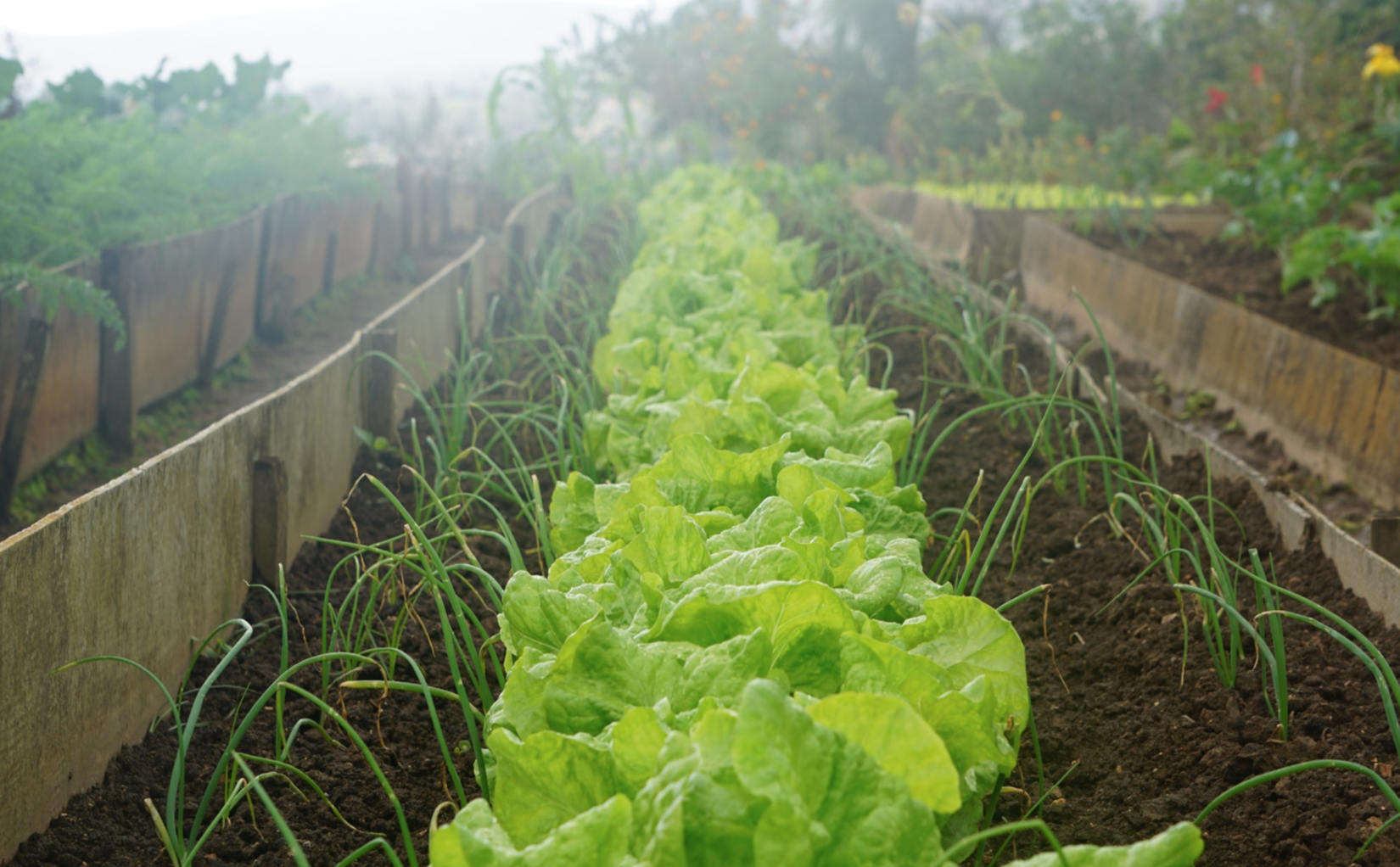Most of us know that fast food is detrimental to our physical health. It is robbing us of the rich tapestry of worldwide traditional food cultures and the nutrition actually contained in the ingredients. Are we really at the mercy of McDonald’s, Chick Fil-A and Big Agra? The Slow Food Movement says it’s time to slow down, smell the flowers… and actually taste our food again.
Renowned author Michael Pollan explains:
“Along with the industrialization of our food system has come an industrialization of eating, and the former won’t be effectively countered until people have rejected the latter. Slow Food aims to teach us to taste what makes Iroquois corn special (it’s wonderful stuff, with an earthy, sweet, extra-corny flavor that makes commercial corn products taste pallid by comparison) and to slow down to enjoy some slow dishes traditionally cooked with it.”
Michael Pollan
Slow Food USA president Josh Viertel gave an inspiring TED Talk outlining how all our problems come back to food and farming—and the slow food movement can literally change the world!
The Three Pillars of Slow Food
The Slow Food movement is dedicated to building a new food system that helps people all over the world access healthy and delicious food. The movement is built on three fundamental principles.
1. Food should be good.
This means that food should be tasty, delicious, and nutritious. Most ancient food systems naturally produce delicious food. It is the new systems that tend to sacrifice flavor for efficiency.
Slow Food movement founder Carlo Petrini says:
“The quest for slowness, which begins as a simple rebellion against the impoverishment of taste in our lives, makes it possible to rediscover taste.”
Carlo Petrini
In that video, Carlo discusses his thoughts on the slow food movement.
2. Food should be clean.
Clean doesn’t mean it isn’t dirty!
Instead, clean food means that it is grown and produced without causing any harm to the environment. No harmful pesticides or farming practices that strip the soil of its nutrients.
To illustrate this principle, explore this recipe from Alice Waters, one of the slow food movement’s most important evangelists. One of her most trusted chefs, Russell Moore of Chez Panisse Café, created a clean and kid-friendly recipe you can make at home.
3. Food should be fair.
This principle applies to both the producers and consumers of food. Fair refers to the conditions and payment given to the growers. Equitable treatment, safe work environments, and living wages.
Consumers must also be offered a fair price for this food so that production costs are covered but there is no price gouging.
“fast food is detrimental to our physical health. It is robbing us of nutrition. The Slow Food Movement says slow down and actually taste our food again.”
In the video at the beginning of this article, Slow Food USA president Josh Viertel gave an inspiring TED Talk outlining this key principle and how the slow food movement can literally change the world!
“I began to realize more and more that every problem I cared about—whether it’s a problem of environmental degradation or a problem of social injustice, a problem with the global economy or a problem of public education—has at its core, issues linked to food and farming. If we’re going to address those problems in ways that are meaningful we have to transform the way we grow and share food together.”
Josh Viertel
How to Get Involved
Check out their Ark of Taste program and you’ll see the impact that Slow Food can have on the world. This program is a “project to rediscover, catalog, describe, and publicize forgotten foods. It was created to point out the existence of these products, draw attention to the risk of their extinction within a few generations, and invite everyone to take action to help protect them.”
It’s easy to get involved in the Slow Food movement. You can start by yourself, in your own neighborhood, by seeking out local growers with ethical growing practices. Once you have the right ingredients, savor each ingredient slowly while being mindful of the food’s origins. If you want to get involved at a deeper level, join a chapter. The Slow Food movement aims to build connections between restaurants, individual consumers, and food producers across the globe.









